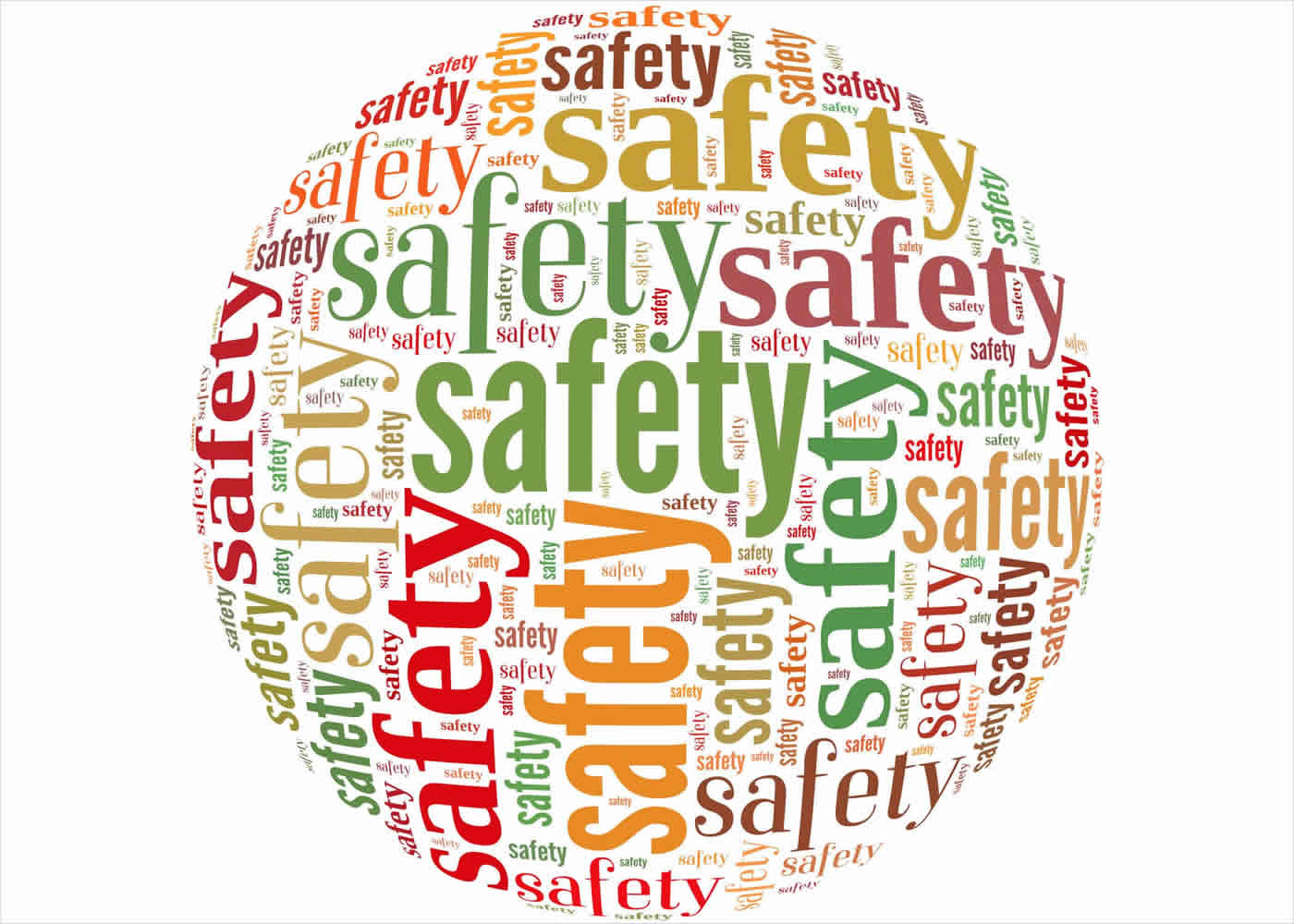Breathing New Life into Your Company's Safety Culture

GT: Why does safety culture get stale?
AR: Safety culture is often a victim of its own success. If safety culture is strong and safety performance is best-in-class, it gets easier to be complacent about it. It also gets easier to pull focus and resources away from safety and put them in another area where the culture is not at as strong. Meanwhile the business is evolving, but the safety culture isn’t, and it begins to stagnate.
And getting stale isn’t the only reason that companies need to refresh their safety culture. Sometimes a company steps back, assesses their safety program and finds areas for improvement. There are changes that can be made to take the program to the next level. Often, you need to change the culture to do that.
GT: How do you know when it is time for a reboot?
AR: There are indicators, but some are easier to see than others. An easy one is a shift in performance. If a company is experiencing more incidents or more serious incidents, it might be time to take a look at why that is happening. Some of the signs are more subtle. Are resources still being allocated to ensure worker safety? Is safety still a priority for management, and do they continue to show their commitment to it? Does everyone feel that they are responsible for their safety and for the safety of those around them? Do people take the safe practices they learn at work home with them? If the answer to any of these questions is no, it might be time for a safety culture refresh.
GT: What are some strategies that you can use to breathe new life into a safety program?
AR: If you come to the safety culture session at the Forum, you’ll learn what three different companies did to breathe new life into a safety program. Here are a few of the commonalities among them:
- Develop a road map. It helps you to understand where you are, where you want to be and how to get there.
- Do what you do well. Build on your strengths and find those best practices that you can leverage across your entire company.
- Help it fit in. Make sure that your safety culture is aligned with your company culture – that is the only way it will succeed.
- Get commitment from leadership. It will help to drive employee engagement.
- Take it slow. Remember, refreshing safety culture is actually changing safety culture. That means changing the way people work on a daily basis. It’s a difficult thing to do, and it takes time.
Topics:
Health & Safety
About the Author
Annette Russo
Annette Russo is the Sr. Manager, Communications & Training, Environment, Health, Safety and Sustainability for Johnson & Johnson. In addition to communications and training for the EHS&S community, her responsibilities include data management and responses to investor sustainability inquiries. Prior to joining Johnson & Johnson, Annette held environment, health and safety positions with global consumer electronics and telecommunications companies. She has a Bachelor’s Degree in Geology from Lafayette College and a Master’s Degree in Environmental Engineering from the New Jersey Institute of Technology.
